
Is decluttering one of your New Year’s Goals? Marie Kondo has a new Netflix show that debuted on New Year’s Day called Tidying Up. Have you watched it yet? I noted a whole lot of Kondo-esque folding happening in my InstaStories over the last couple of days, so I’m guessing that’s why.
At the same time, there’s a new article in the New York Times about the burden of clutter, with research cited to support the conclusion you’ve probably already come to: Clutter causes stress—it can actually “induce a physiological response, including increased levels of cortisol, a stress hormone.”
This is true particularly for women, the studies say, but that might be correlative as it tends to affect whomever is taking on the largest share of domestic responsibilities.

A few years ago, I received a copy of Marie Kondo’s The Life-Changing Magic of Tidying Up: the Japanese Art of Decluttering and Organizing for Christmas. Like all of the people that put an article about the book on the New York Times’ most emailed-list, Aron and I had sent each other the promising piece about this little guidance book.
At one point, when we three (Aron, Hudson, and I) were living in our 550-square-foot studio in New York, we were pretty good about simplifying and decluttering. But with more time and more space has come… more stuff! Kondo’s advice to keep “stuff” at bay? Choose what you want to keep. “[T]ake each item in one’s hand and ask ‘does this spark joy?’ If it does, keep it. If not, dispose of it.” Perhaps what will be most life-changing of all, it suggests, is the confidence you’ll gain in your decision-making ability.
There were moments when reading the book that I would find myself nodding in agreement as I recognize my own faults, my own tendencies. And others where I would scoff—only to read, a paragraph later, that Kondo has anticipated that reaction. Perhaps part of the pleasure of watching the show has been seeing that pattern play out in other homes—if ultimately as inspiration to reexamine my own.
These are some of Marie Kondo’s suggestions that resonate most (and one argument against the holding and thanking of your things)…
“Sort by category, not by location.”
How many times have I started in the closet, only to find something that takes me back into the office—where I get mired in sea of warranties and memories?
Set aside the time to do it right.
“Tidying is a special event. Don’t do it every day,” she says. And “Start by discarding, all at once.” This is a big challenge for me. I keep thinking: ‘I could do this. I want to do this. I just can’t devote the time to do it properly.’ I think to truly follow her advice, I’d have to treat the occasion like a job or a date, and schedule it.
Leave the photos to last.
Starting with memories leads to failure: “clothes first, then books, papers, komono (miscellany), and lastly, mementos.”
Don’t keep things you don’t love.
We tend to hold onto things—gifts in particular—out of feelings of guilt or obligation. But “presents are not ‘things’ but a means for conveying someone’s feelings.”
Make a clean break.
“To help you let go, acknowledge an item’s purpose and usefulness to you and let them go with gratitude.” (But, don’t just discard them in your family’s or friend’s home: “We need to show consideration for others by helping them avoid the burden of owning more than they need or can enjoy.”)
Streamlining (and not storage) is the goal.
“Putting things away creates the illusion that the clutter problem has been solved.” But it’s better to resist the urge to store (and add storage), and instead learn to live with what you love and need, to learn to “exercise self control.”
“Cherish who you are now.”
With photos, she advocates looking at them one by one and applying the same rules about keeping only the ones that bring you joy. It’s hardest to do this with memories, which is why she advocates leaving this task to last, but I see now that she’s right: There are those photos that I would want to save forever and then there are those that just say ‘I was there.’ Maybe I could trust myself to remember more.
Actually, this last advice really hit home when she talked about lecture materials. I’ve held onto books of seminar notes, my masters’ exam study files, my own teaching materials… just in case? But, she writes, “The real material is the seminar itself, and it must be experienced live.” … “It’s paradoxical, but I believe that precisely because we hang on to such materials, we fail to put what we learn into practice.”
I wouldn’t want that.

But! One interesting argument against a key tenet of the KonMari method?
Those studies cited in the Times article, “The Unbearable Heaviness of Clutter,” advise against touching your items at all if you’re trying to declutter. The scientist quoted, Dr. Ferrari, noted that “over-attachment” to our personal items is often why we don’t part with them, and recommends a hand-off approach. “If you’re going to declutter, don’t touch the item. Don’t pick it up,” he said. Have someone else pick it up and ask you if you need it. “Once you touch the item, you are less likely to get rid of it.”
What are your barriers to letting go of things? Is decluttering really life-changing magic?
Besides mementos, I often find that I’m unwilling to part with things that are valuable in terms of their cost or their potential usefulness—even if they have no use for me. I’ll get things out of my closet, but I don’t take them out of the house, thinking perhaps I’ll sell them or use them later.
P.S. For after the life-changing, radical tidying up: an everyday chore list (and the secret to picking up at the end of each day).







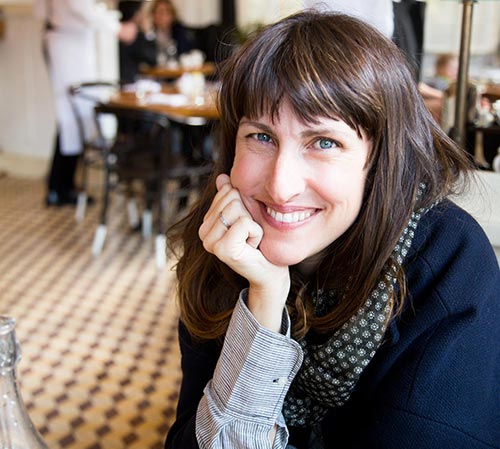











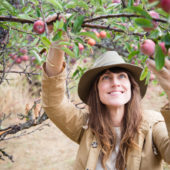





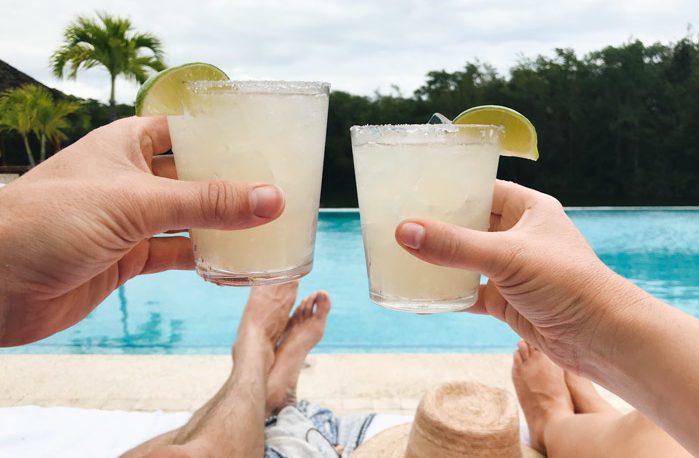
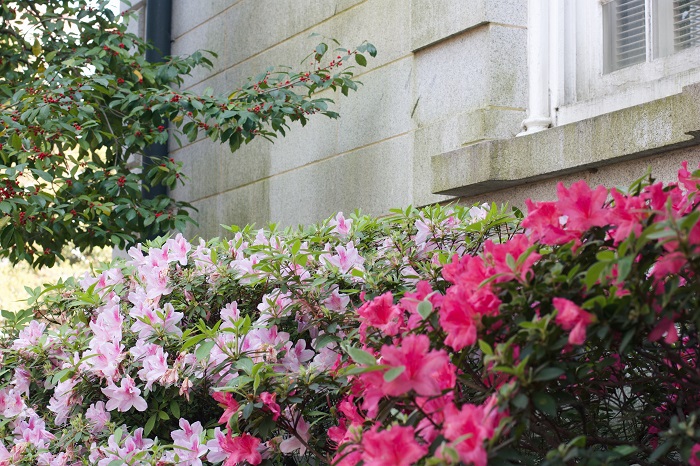



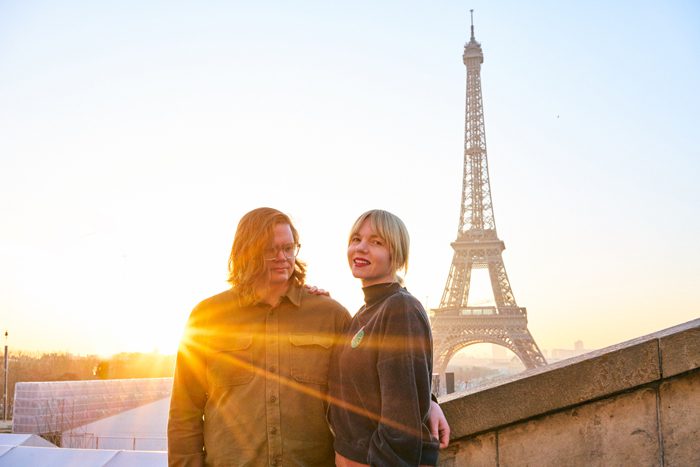

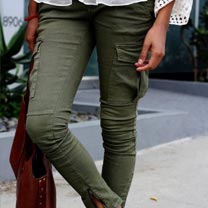





7 Comments